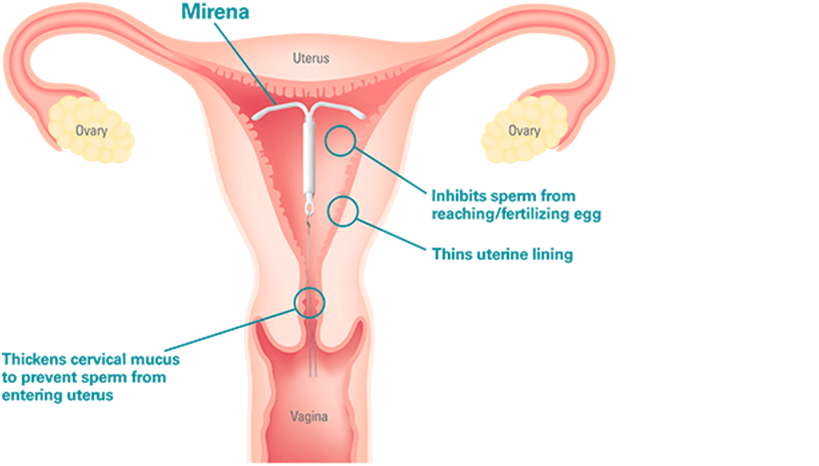The IUD is Now Australia’s Most Popular Contraception
Oral contraceptives, which transformed society when they were first available, seem to be losing traction among Australian women as other forms of birth control have become more popular. There are a few reasons for the pill’s fall in popularity, but the rise of IUD Contraception is the most notable.
Why IUD Contraception has become so increasingly popular is due to it’s affordability and effectiveness – a single device placed into the uterus will provide birth control and prevent pregnancy for up to five years. Women are This can be given to women of reproductive age, prior to, or after pregnancy. There are two types of IUD Contraception available in Australia. The copper IUD and the hormonal IUD (Mirena). So how does the IUD work and how do they compare?
Mirena IUD
The Mirena is a small ‘T-shaped’ plastic device containing the synthetic hormone levonorgestrel – which mimics the behaviour of the progesterone hormone, which is made naturally by the body. The Mirena prevents pregnancy pregnancy by:
- Controlling the monthly development of the lining of the uterus so it is not thick enough for you to become pregnant;
- Making the normal mucus (vaginal discharge) thicker so that the sperm cannot get through to fertilise the egg.
- Affecting the movement of the sperm inside the uterus, preventing fertilisation.
Mirena and Heavy Menstrual Bleeding (HMB)
Menstrual bleeding is considered heavy when it significantly interferes with the physical, social and/or emotional quality of daily life. HMB is common and will affect approximately 1:4 women of reproductive age.
How does the Mirena work to treat HMB?
The Mirena has been shown to reduce the rate of HMB in 93% of women with no underlying cause for the bleeding. The slow release of levonorgestrel suppresses the response of the cells in the lining of the uterus to oestrogen. This stops the growth of the lining of the uterus, which results in a reduction in the volume and duration of menstrual bleeding.
Are there any side effects from using the hormonal IUD?
As when introducing anything new to the body, the side effects will vary.
- Typically, when it is first inserted some women have experienced period type cramping that usually settles after a few days.
- Your vaginal bleeding pattern/period will change. Spotting or frequent bleeding is common in the first three to six months. By six months around 95% of users will have a light regular period or no bleeding at all (this is not harmful to the body).
- Sometimes the IUD can fall out. This is more common in the first 3 months of it being inserted.
Possible side effects for a small number of users can include:
- Sore/ tender breasts
- Headaches
- Changes to your skin
- Mood changes
These side effects nearly always settle with time. It has not been shown to cause weight gain.
Copper IUD – Birth Control without the Hormones
The copper intrauterine device (IUD) is a small ‘T-shaped’ plastic and copper device. The device is placed in the same position into the uterus as the Mirena, but where it differs from it’s counterpart is that the copper IUD does not release hormones to prevent constantly releases a small amount of copper into the uterus.
The copper IUD is fantastic for women who are seeking a long-lasting contraception without being controlled by hormones. Unlike the Mirena or the pill, the copper IUD does not release synthetic hormones. Instead, the copper creates a hostile environment for the sperm meaning that fertilisation cannot occur. Copper IUD is extremely beneficial for women who are concerned about hormonal acne.
Who Should Not Use the Copper IUD
Unlike the Mirena, the Copper IUD will not reduce bleeding. In some instances it may increase the amount of bleeding and/or the pain that comes with menstrual bleeding. For this reason we do not recommend the copper IUD for women with heavy periods or bleeding disorders.
Booking your IUD with Dr Stephen Elgey
IUD insertion is performed in our rooms and can be done at your first consultation provided you have a referral from your GP and your IUD with you at your consultation. It is recommended that your IUD be placed within the first ten days of your period for an easier insertion.
Pain Medication for IUD Insertion
On booking your IUD insertion we will let you know what pain medication to take prior to your appointment. We can also provide medication in our rooms to assist with the insertion at your request.
For more information or to book your IUD insertion call our reception team on 07 3344-1656








